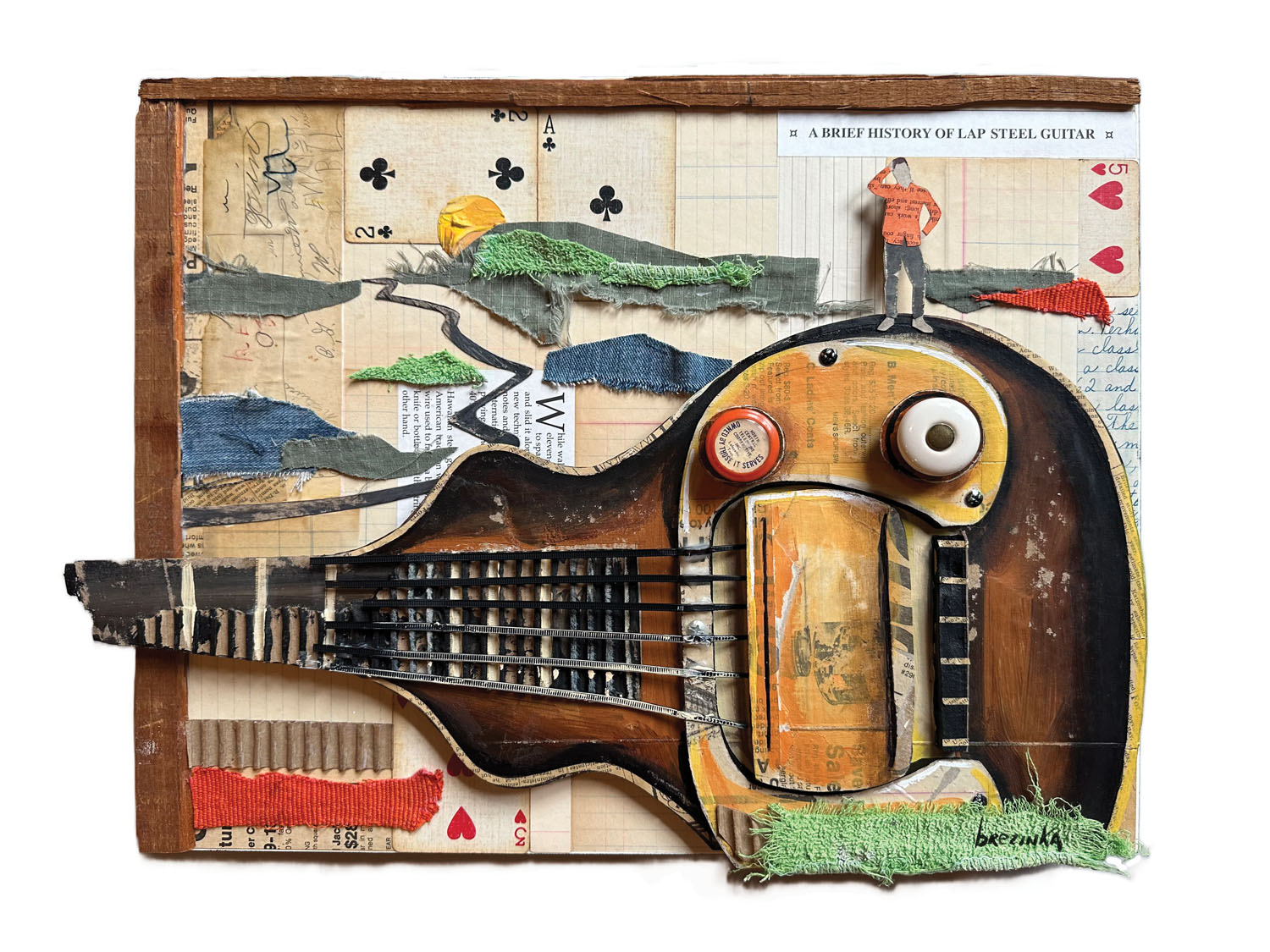Image


You should really subscribe now!
Or login if you already have a subscription.
Wayne Brezinka’s work has been featured in the Washington Post, the New York Times, POLITICO Europe, and other publications. He has done album covers for Willie Nelson and George Strait.